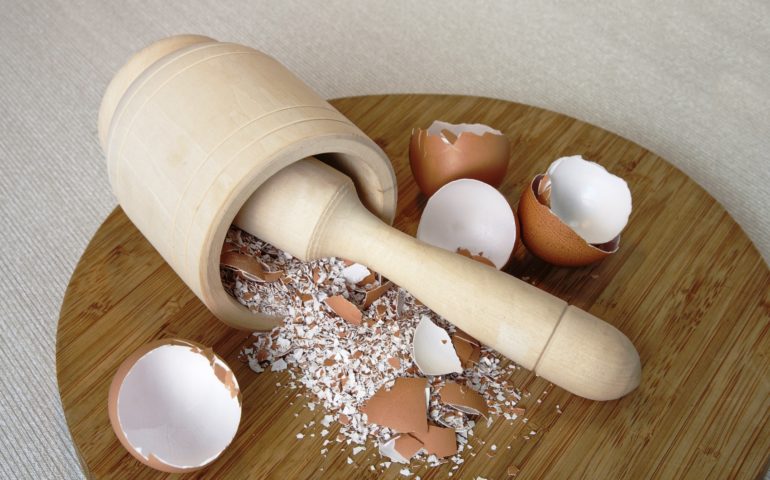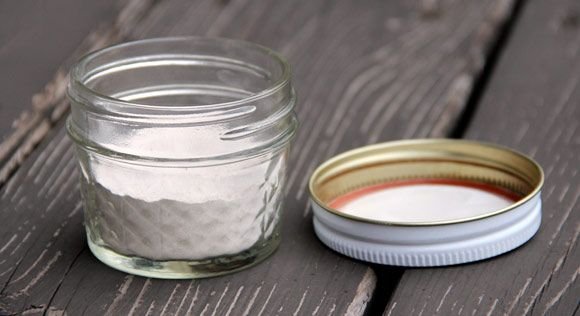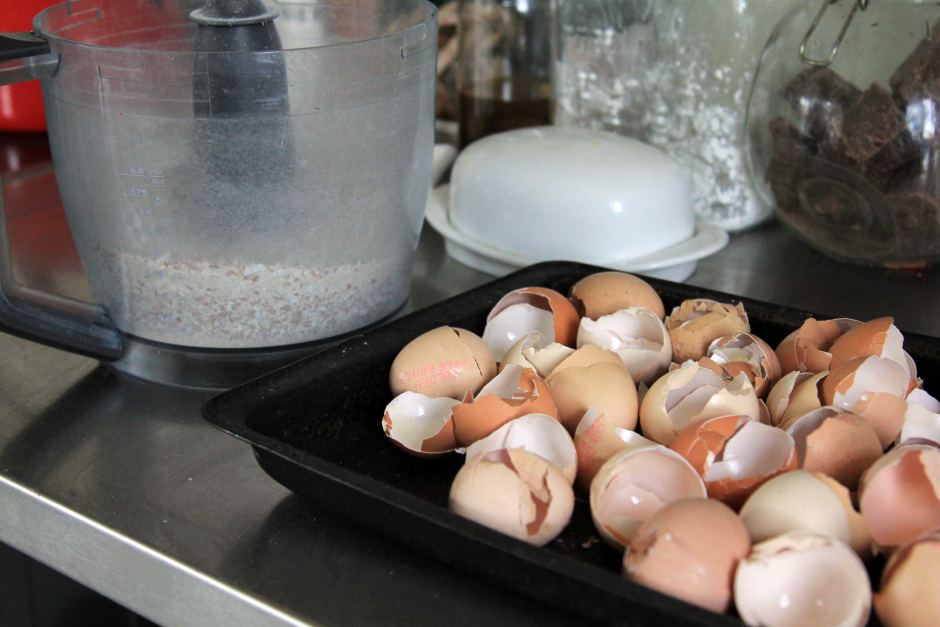
Who'd imagine egg shells, the typical throw-away of a casual breakfast would have more calcium than the notorious cow’s milk or leafy greens?
Modern diets do not have enough calcium, and when they do it's mostly through highly processed calcium fortified foods and not whole foods that retain their natural nutritional balance.
So, what's in the shells and why are they good for you?
The shell is made up of calcite, which is a crystalline form of Calcium Carbonate (CaCO3) to put simply is pure calcium. The raw materials for the formation of the calcite crystals, namely the ions of calcium and carbonate, come from the blood plasma of the laying hen. To put it in perspective a cup (244 g) of 1% fat cow’s milk has about 30 % of the daily value of calcium whereas 200 grams of chopped Kale offers 30% of the DV of calcium as well, that is in stark contrast to a ½ teaspoon (1 g) of powdered egg shells which equals 90% (900 mg) of the DV of calcium.
Egg Shells Vs. Calcium Supplements
The complete nutritional profile of the shells can be found below. Typically, a 1000 mg bottle of calcium supplements would cost you around $5-$10 whereas the cost of a dozen eggs and their shells rarely exceeds $4 even when organic and cage free. Clinical and experimental studies showed that egg shell powder has positive effects on bone and cartilage and that it is suitable in the prevention and treatment of osteoporosis (Refer to footnotes).

So how can egg shells be effectively added to a person’s diet?
Ensure the shells have been cleaned out and boiled so that they are free of bacteria, a dozen eggs would make ample powder. Next, the shells can be placed on a baking sheet, you may either let them dry over night or drop it in the oven at 200 °F for about 10 minutes. Lastly, throw a few shells in a coffee grinder or use a blender, and see how the powder comes out before adding more. Once content with the final result, simply store your newfound supplement in an air tight container like a mason jar. You may effectively use the magic calcium dust as a nutritional supplement by sprinkling some in a smoothie, salad, or pasta. No need to worry, the powdered shells don’t have a strong taste and mix into pretty much anything.

Can the Body Absorb Calcium Carbonate?
The body has an easier time absorbing calcium citrate than calcium carbonate since stomach acid is required in the absorption process of calcium carbonate. it’s highly recommended to consume egg shells or any calcium carbonate rich food with an acidic food like fresh orange juice or a complete meal, but never on an empty stomach. However, more efficient absorption of calcium in general is aided by Vitamin D, and Magnesium assists in the absorption of both Vitamin D, and Calcium, so a balanced diet is surely key to good health.
Nutritional Profile of 1/2 Teaspoon of Egg Shells:
http://nutritiondata.self.com/facts/custom/1145333/2#ixzz4zgXicg2w
For more info about the natural composition of an egg shell and how they may prevent bone degradation, refer to the following Egg Shell Studies:
https://www.ncbi.nlm.nih.gov/pubmed/15018022
https://accounts.smccd.edu/case/biol215/docs/eggshell.pdf
https://repository.tudelft.nl/view/tno/uuid:b363c608-bd58-4380-95fd-4083946b1c2c/
So next time you're about to toss those shells, think twice for strong bones.
Drop a comment below and share your experience! If there are any questions, feel free to ask!
Congratulations @aimenfz! You received a personal award!
You can view your badges on your Steem Board and compare to others on the Steem Ranking
Vote for @Steemitboard as a witness to get one more award and increased upvotes!
Downvoting a post can decrease pending rewards and make it less visible. Common reasons:
Submit